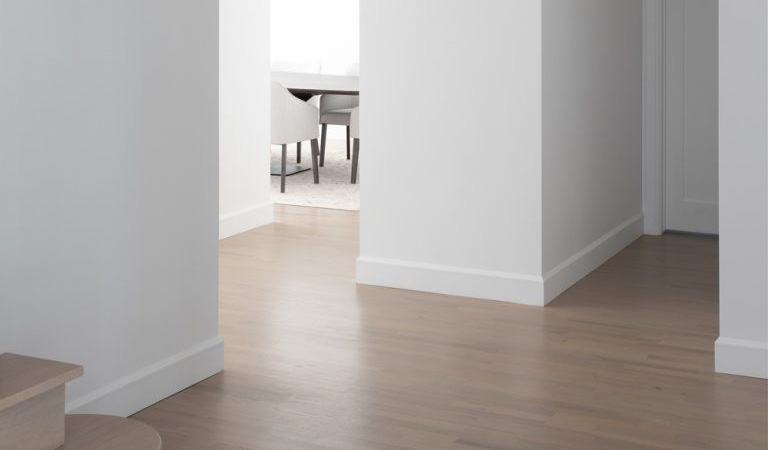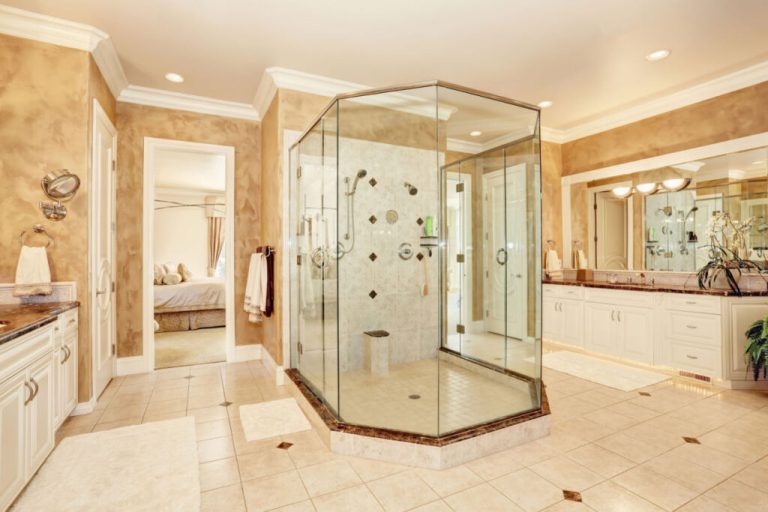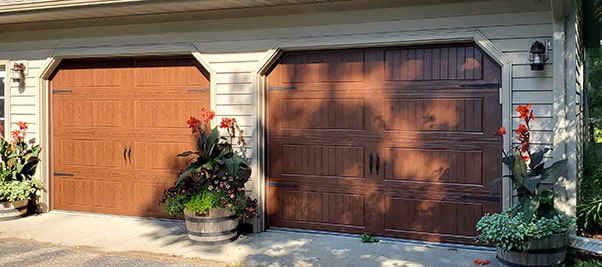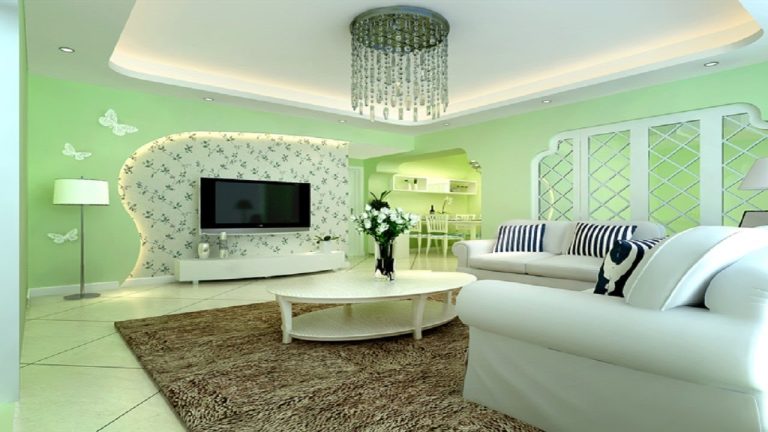
Skirting boards can greatly enhance the overall aesthetics of a room. They provide a finishing touch that complements the architectural style and interior design. 7 skirting board come in various profiles and designs, ranging from simple and sleek to intricate and decorative. They allow homeowners to express their style and create a cohesive look throughout the space.
Protecting walls
One of the primary functions of skirting boards is to protect walls from damage. They act as a buffer zone between furniture, vacuum cleaners, and other household items that may accidentally come into contact with the walls. 7 skirting board can effectively prevent scuffs, scratches, and dents, ensuring your walls remain pristine for longer.
Concealing gaps and wiring
Skirting boards are excellent at hiding unsightly gaps that may occur between the floor and the wall due to uneven surfaces or minor construction imperfections. Moreover, they provide a convenient way to conceal electrical wiring, making the room appear tidier and reducing the risk of tripping hazards.
Choosing the right skirting board for your home
Considering the architectural style
The architectural style of your home plays a crucial role in choosing the appropriate skirting board design. For instance, Victorian-style homes often feature ornate and detailed skirting boards, while modern and minimalist homes may opt for clean lines and simpler profiles. Aligning the skirting board design with the overall architectural style creates a cohesive and visually appealing result.

Matching with flooring and interior design
Skirting boards should harmonize with the flooring material and interior design theme. If you have hardwood floors, wooden skirting boards can complement the natural beauty of the flooring. For contemporary interiors, sleek and minimalist skirting boards made of materials like MDF or PVC can create a seamless and modern look.
Assessing durability and maintenance
Consider the durability and maintenance requirements of different skirting board materials. Some materials may be more prone to damage or require frequent upkeep. Assess your household’s lifestyle and choose a skirting board that can withstand daily wear and tear without compromising its appearance.
Installing skirting boards
Measuring and planning
Start by measuring each wall’s length and calculating the total length of the skirting board required. Plan for any corners or obstacles affecting the cutting and fitting process. Purchasing slightly more skirting board than needed is advisable to account for any errors or miscalculations.
Cutting and fitting
Using a miter saw or coping saw, cut the skirting boards at 45-degree angles for internal corners and use straight cuts for external corners. Dry-fit the boards to ensure they fit snugly against the walls and make any necessary adjustments.






